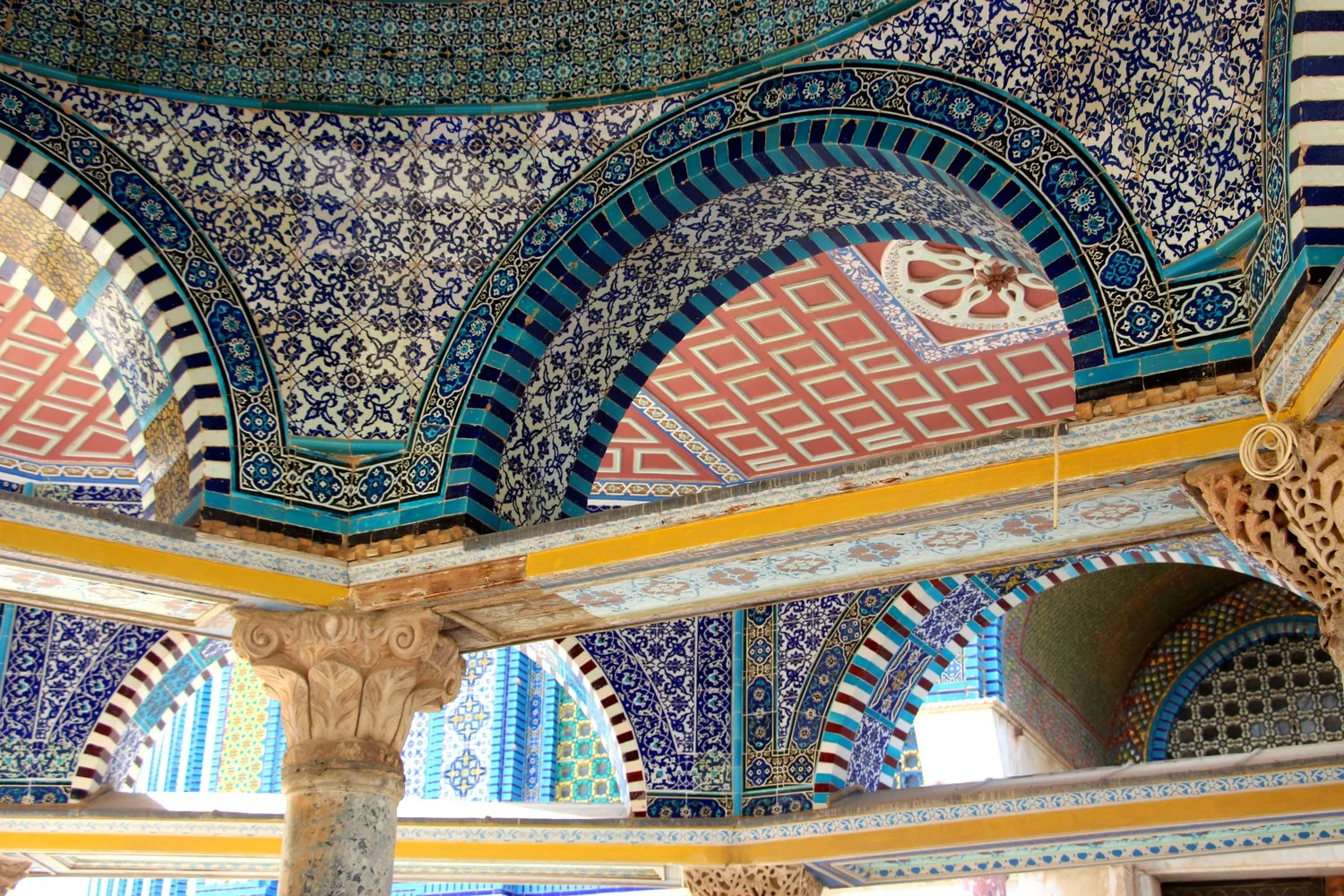Cambodia: Lara Croft vs Indiana Jones
So, a little background first: Siem Reap in Cambodia holds one of the most fascinating cultural treasures in the world—the city of Angkor. Ankgor is a humongous park (over 1,000 square kilometers) with over one thousand temples and, as you wander and explore, you begin to glimpse the awesomeness that this ancient city once was. The city held one of our world’s greatest civilizations, the Khmer people, and ranks up there with Rome, Athens, and our other magnificent ancient cities. The city’s prime was from the 9th-15th centuries, when it wasn’t only wealthy and technologically advanced, but held an enormous percentage of the world’s population. At its peak, the city occupied an area greater than modern Paris, and its buildings use far more stones than all of the Egyptian structures combined (Wowza).
Today, Angkor is one of the world’s top travel destinations and we were able to Indiana Jones/Lara Croft style explore the gorgeous temples (minus the tomb raiding of course). Each temple was more marvelousness than the last and they peak at the great Ankgor Wat, the world’s largest single religious monument. While you can zip in and out in 2 days, we splurged and spent 4 days exploring.
The unstoppable jungle has crept up on Angkor, but the result is a beautiful blend of nature and man. Massive vines encircle the crumbling temples, which give way to gigantic trees that have replaced the temple ceilings. And the size of Angkor means that, despite two million visitors annually, you get much of the complex to yourself.
We hired a local tuktuk driver and he became our guide and friend for the 4 days. With Mr. Reth’s help, we visited over 15 temples! So as to not bore you with nerding out on all of them, here are our 3 favorite visits.
The Bayon— aka The Temple of Many Faces
This temple is our favorite because, while being breathtaking, it is also strikingly different from every other temple in Angkor. Its most notable feature is the over 200 gigantic faces that cover the towers. All of the faces have a serene smile that exude an enormous amount of peace, despite 400 eyes on you being slightly unsettling. The temple is primarily dedicated to Buddha, which brings us to another interesting fact about Angkor.
The years of Angkor’s greatness saw two major religions: first Hinduism and then Buddhism. What’s amazing about this is that the transition of the two different religions was peaceful, and some temples are actually dedicated to both religions simultaneously. This isn’t the only case we saw of Hinduism and Buddhism coexisting peacefully—Asia is full of examples where this is the case. In a world that religious differences sow the most bitter and destructive divides, it’s remarkable that two major religions could be parallel as well as peaceful.
Angkor Wat— aka the ‘Why Everyone Comes to Angkor’ Temple
Angkor is the largest religious monument in the world and, as it continues to be a place of worship today, it is also the longest used religious site in the world's history. It is certainly the largest and most elaborate of the Angkor temples, and a sure highlight to any visit. Angkor Wat is the symbol of Cambodia and the epitome of Khmer architectural style. It was designed to represent the Hindu’s equivalent of heaven, Mount Meru, and the home of the Hindu deities (the Mount Zion of Hinduism). It is humbling to behold, especially if you get there for sunrise.
Ankgor Wat was originally built as a Hindu temple, but gradually transitioned into a Buddhist temple as the culture of Ankgor changed. Today, the orange garb of the monks and shrines contrast beautifully with the dark stone of the temples.
The Museum— aka What Does This All Mean?
If you have time, we highly recommend a stop by the Angkor National Museum to give meaning behind the beauty you’ve seen. The museum building itself is gorgeously designed to showcase their well-done exhibits. The galleries teach you of the Khmer empire using sculptures, interactive displays, movies and descriptions in 7 languages. The museum does an exceptional job of informing and condensing the history and art of one of the greatest and most underrated ancient civilizations of the world.
While the cultural aspects of Siem Reap are certainly the draw, we'd be remiss to not mention our other highlight: The Phare Circus.
The Phare is put on by the PPSA, which was founded by 9 men returning to Cambodia from refugee camps. The men had found in the camps that art was a valuable tool for healing, and they began giving free drawing classes to young street children. Over time, their efforts grew into a full K-12 education and art school and today they teach over 1,200 pupils. All for free.
Ryan got a teensy bit too into it...
The Phare was a spectacular show and you absolutely can't miss it if you're in town.
It was a quick but full trip, and we were better for our time in Siem Reap. We said goodbye to Mr. Reth, but promised to keep in touch on facebook and to always remember what we learned with him.
Next: Visiting old friends in their new lives in Laos!







